Written by Guest Contributor on The Prepper Journal.
Editors Note: A guest contribution from Sarah to The Prepper Journal. All things garden and growing your own food this week as planting time is upon us. And, as always, if you have information for Preppers that you would like to share and be entered into the Prepper Writing Contest with a chance to win one of three Amazon Gift Cards with the top prize being a $300 card to purchase your own prepping supplies, then enter today!
Community gardens have grown globally in recent years, from 1960’s onward. Perhaps, this is due to the growing number of us living in skyscrapers in cities, with little opportunity to take in the fresh air and get our hands dirty. Or perhaps it is because, in an increasingly digital world, we long for something to bring us together in the real world. Regardless of the reason why, community gardens have become more popular, and here are five things you need to know about them.
What is a Community Garden?
A community garden is any plot of land that is used by a number of people, either by separating the plot into individual lots or sharing the plot as one large lot, for gardening.
There are many community gardens across the world, and most are used as:
- Gathering places
- Showcases for ecological and art awareness, and
- Food production
More European-style gardens consist of allotments where individuals or families can grow their own food or flowers, although these have normally evolved from “victory gardens” from the Second World War.
Plot sizes can vary from as tiny as 1.5 squared meters (4’ 9” x 4’ 9”) in inner city gardens or art gardens to as large as 15 squared meters (49’ x 49’).
Communal gardens have a variety of uses, such as:
- Providing green space
- Providing habitats for smaller creatures
- Growing flowers rather than food
- Providing education to local schools
- Providing gardens for those who otherwise wouldn’t have a garden, such as the homeless, the elderly or recent immigrants.
The Right Gardening Tools
Before getting started in gardening, it’s important to have the right tools. This will make your time much more productive, and could actually be beneficial to your health! How many of us remember our moms and dads digging out flower beds or weeding the garden, and then being full of aches and pains for a few days? It all comes down to having the right tools.
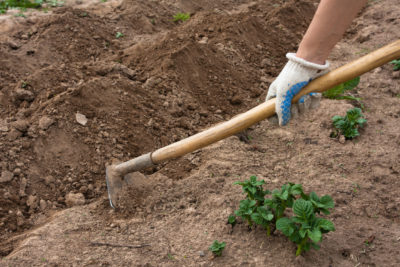
You shouldn’t have to worry too much about heavy machinery. Most community gardens will supply training and guidance on using specialized tools. In one garden I recently visited, they even had a community table saw to build fences and wooden containers! In others, I’ve also seen that they provide access to a lawn mower for large plots with plenty of grass, and chainsaws or tree pruners for plots with large trees.
However, you should still have a variety of your own tools best suited to your own needs, such as:
- A reliable string trimmer, if your garden doesn’t allow for “free growing” and prefers the look of neatly trimmed yards with food or flowers growing within
- A heavy-duty garden brush, to clean up any mess you would make on paths etc
- A rake, to help you spread evenly compost or soil
- A composter or rubbish bin, although there may be a community composter or bin you can use
- Garden clothing such as boots or gardening gloves
- A bird feeder or table, to give the surrounding nature a helping hand
- Plant food, grass seed, bark or compost depending on what you would like to use your plot for
- Pest control or weed killer, although some gardens do not allow you to use chemicals
- Starter plants or seeds
- Depending on the weather in your country, you may need your own hose, but this could be provided.
You don’t have to have everything on this list, or you may think of other things you might want. The important thing is to get out there and have a great time.
Types of Gardens
There are four main types of gardens, which are:
Neighborhood Gardens – The most common garden, where people work together to grow fruits and vegetables. The plots inside them are usually rented for a small fee.
Residential Gardens – These gardens are used by the people in block communities, assisted living and affordable housing in cities or towns. They are organised and maintained by the people living there.
Institutional Gardens – These are attached to public businesses such as hospitals or private communities like prisons to improve mental health and physical health as well as providing skills for employment.
Demonstration Gardens – These have educational purposes, and often offer classes about gardening, and can help in setting up a community garden.
Administration of Community Gardens
Most community gardens are:
- Inclusive
- Diverse
- Pro-democracy
- Community-driven
But all gardens have an organization structure of some kind. This depends on whether the garden is “top down” e.g. a management team at the top, or “grass roots” e.g. the individual members make the decisions. Either way, you’ll find one that suits your style.
Health Benefits
Everyone knows that keeping physically active helps keep us healthy. However, community gardens have also been linked to various factors such as:
- Reduced rates of obesity
- Availability of affordable fruits and vegetables
- Consumption of fruits and vegetables
So there you have it, community gardens are great for you, your family, your community, and the local wildlife. So if you haven’t joined a garden yet, why not do it now?
Follow The Prepper Journal on Facebook!
The post Urban Preppers: Five Things You Should Know About Community Gardens appeared first on The Prepper Journal.
from The Prepper Journal
Don't forget to visit the store and pick up some gear at The COR Outfitters. How prepared are you for emergencies?
#SurvivalFirestarter #SurvivalBugOutBackpack #PrepperSurvivalPack #SHTFGear #SHTFBag

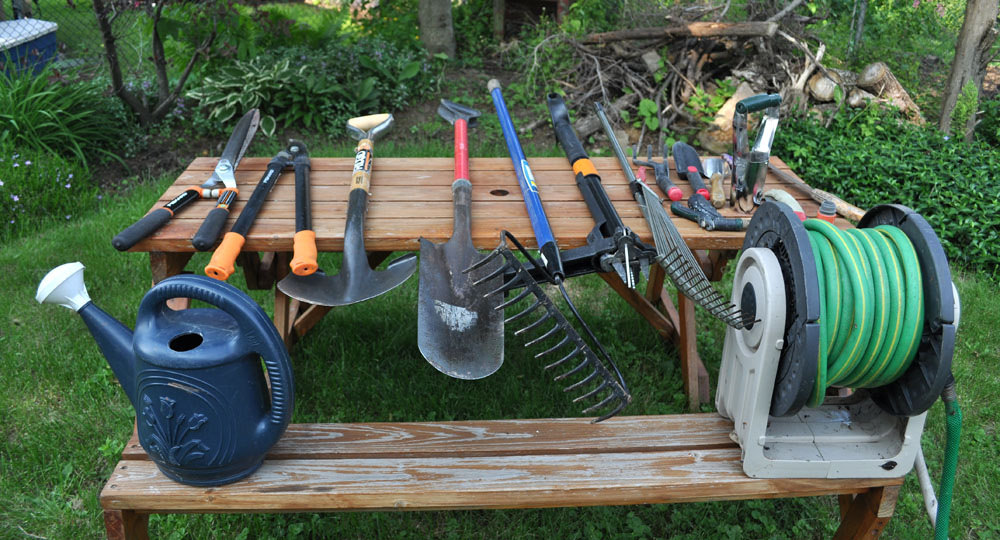
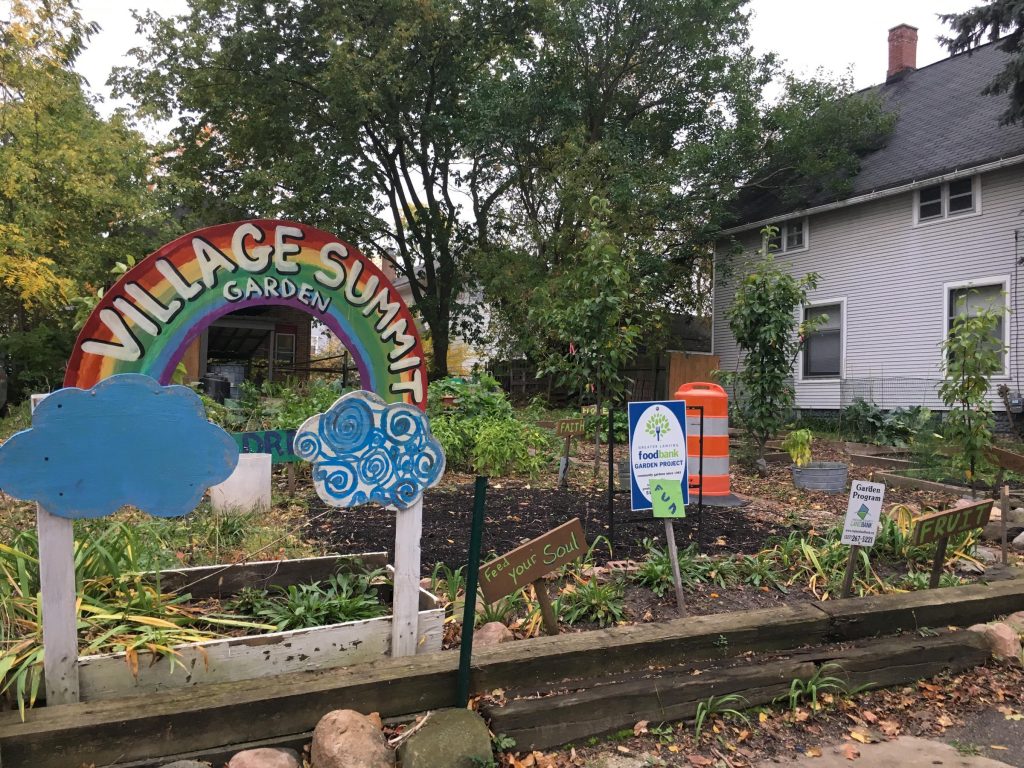
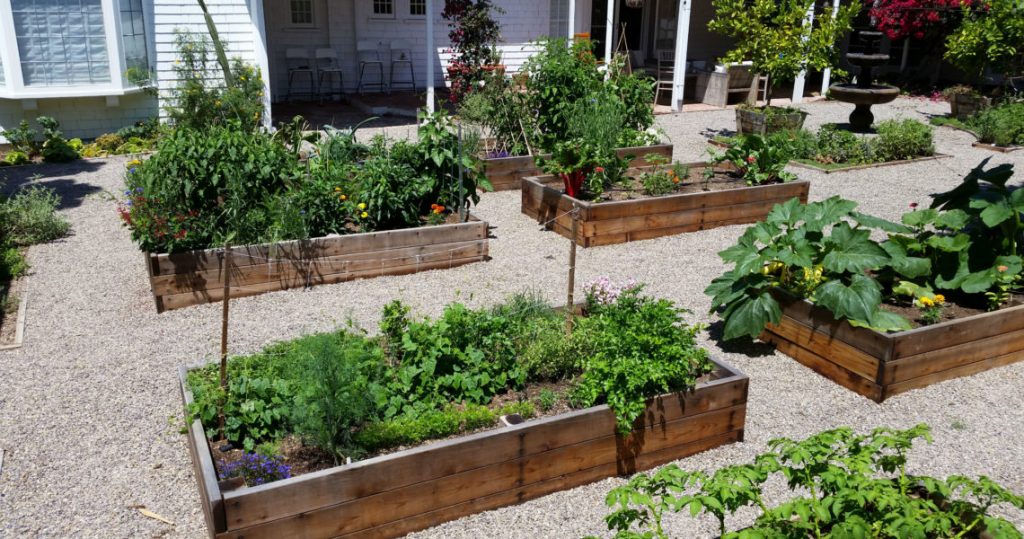
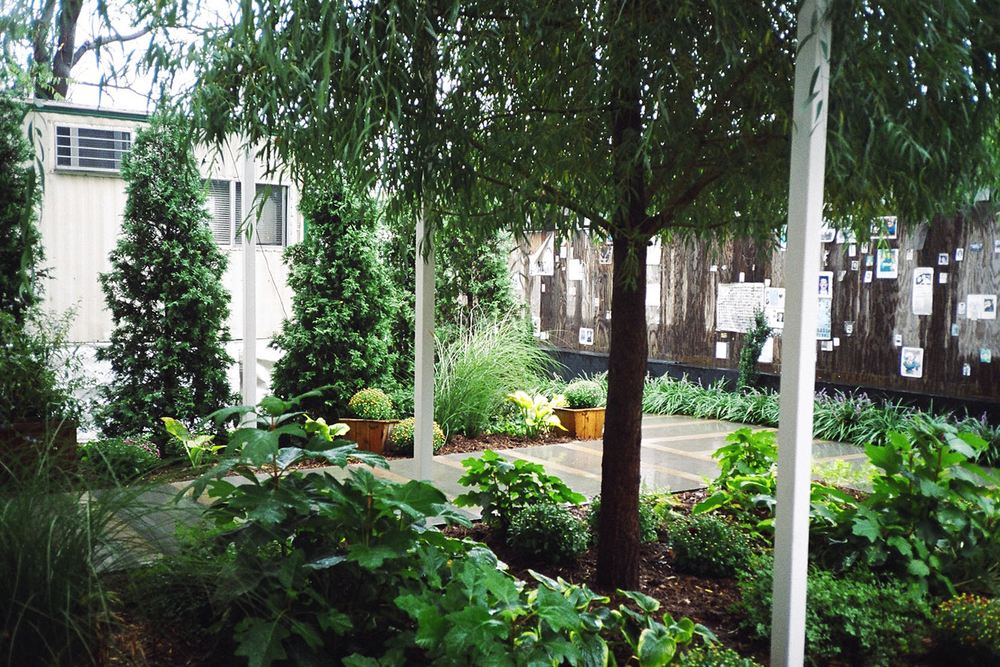
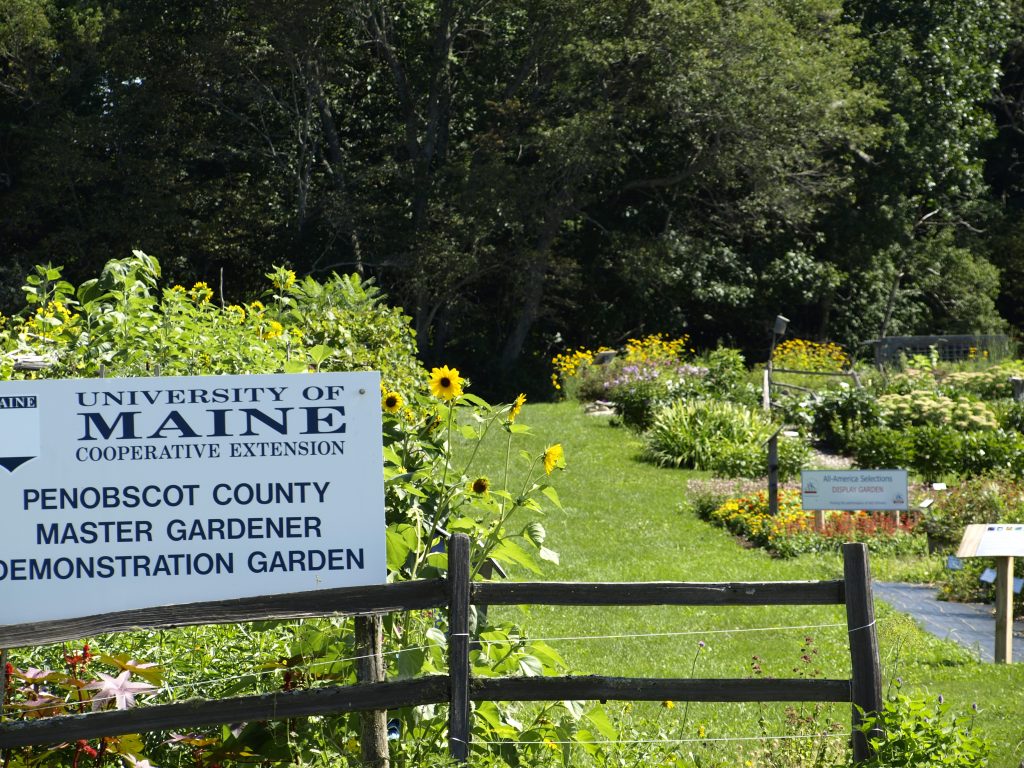

No comments:
Post a Comment